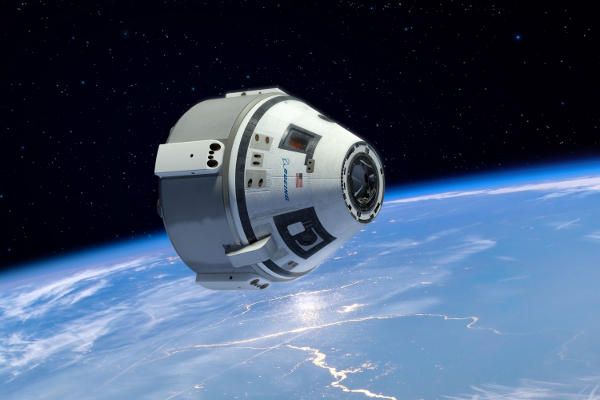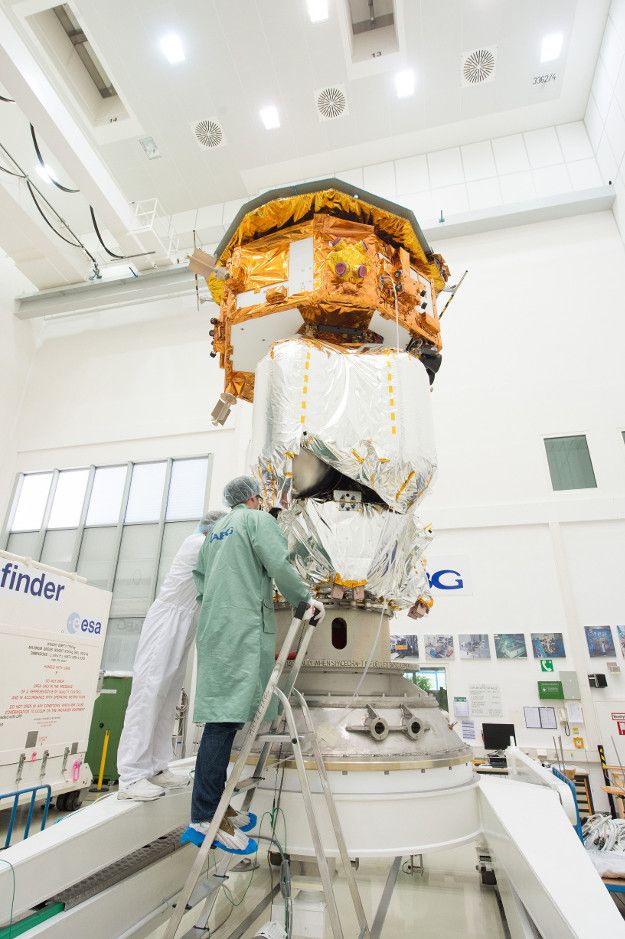Sep 7, 2015
Distant Wanderers: The Search for Planets Beyond the Solar System
Posted by Bruce Dorminey in category: space
I invite you all to like my new Facebook community page meant to be a place to discuss extrasolar planet-related issues as they relate to my seminal book on the subject: “Distant Wanderers: The Search for Planets Beyond the Solar System.” https://www.facebook.com/pages/Distant-Wanderers-The-Search-…294?ref=hl
Distant Wanderers: The Search for Planets Beyond the Solar System, my first book, was published in October 2001.





 Matt Damon stars as a NASA astronaut stranded on the Martian surface in the forthcoming film adaptation of Andy Weir’s The Martian. Credit: Twentieth Century Fox.
Matt Damon stars as a NASA astronaut stranded on the Martian surface in the forthcoming film adaptation of Andy Weir’s The Martian. Credit: Twentieth Century Fox.








